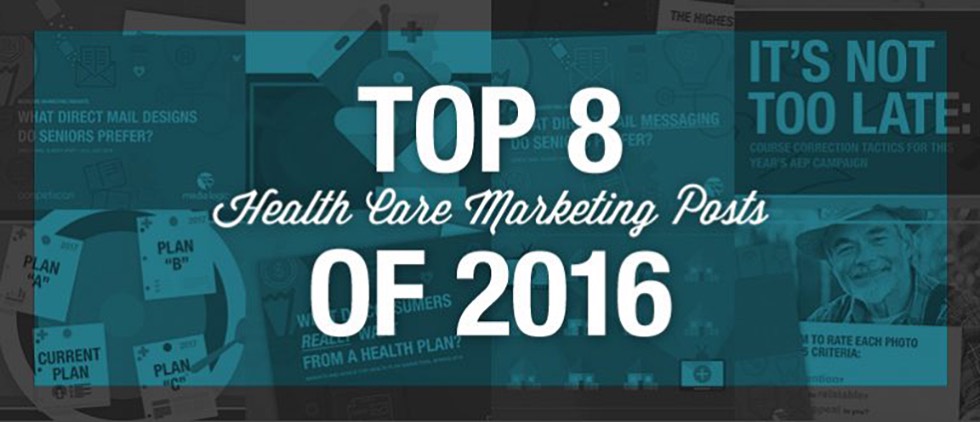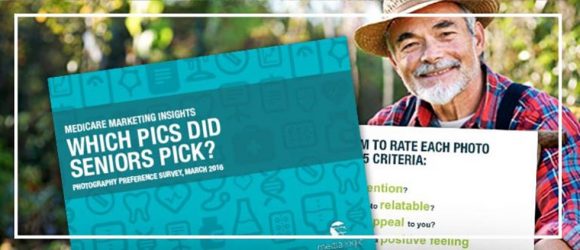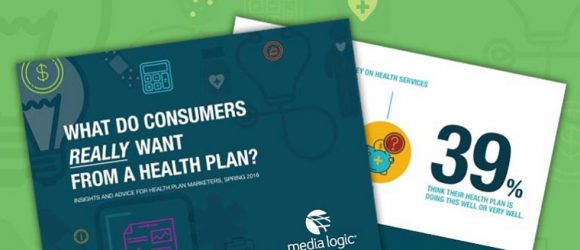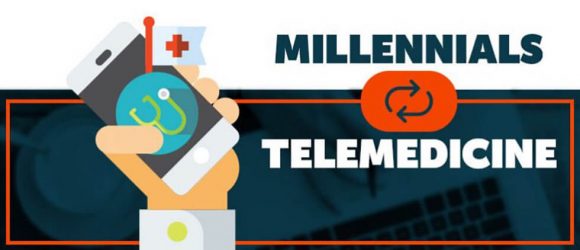What Our Top Blog Posts of 2016 Teach Us About Healthcare Marketing in 2017

During a time when the healthcare landscape is littered with uncertainty, looking back may help healthcare marketers shape strategic decisions moving forward. While the future of the healthcare industry lacks predictability, a scan through Media Logic’s top blog posts of 2016 reveals a number of topics that will continue to influence healthcare marketing in 2017. In spite of the unknowns, these influential topics reveal key lessons that will play a role in guiding healthcare marketers’ strategic and creative decision making as change and challenges continue to dominate the experience.
Here’s what our top blog posts from 2016 can teach us about healthcare marketing for the upcoming year:
One of our top surveys from 2016 explored which types of images resonate most with seniors in Medicare marketing materials. The data and insights on photography preferences among the Medicare audience are featured in a free report: “Which Pics Did Seniors Pick?”
The takeaway for 2017:
Photography for Medicare may represent a relatively small portion of your budget but getting it wrong can have a major negative impact. Make sure you’re using the right images to connect with the Medicare audience.
What health insurance benefits are most important to consumers and how well are health plans delivering on those benefits? We surveyed 400 consumers to ask these essential questions, and while some of the results to the survey were expected, others reflect the new realities of consumer-driven healthcare.
The takeaway for 2017:
As healthcare becomes more consumer driven, health insurers need to understand the consumer’s quest for clarity around benefits and costs, and provide information that is clear, simple and easy to understand. Online tools, apps and customer service representatives will be vital in communicating this information to consumers.
When it comes to telehealth offerings, Millennials are a natural fit. Through the right service offerings, proper implementation and smart marketing tactics – all highlighted in this blog post – Millennials can help pave a path for telemedicine.
The takeaway for 2017:
Simply covering telemedicine is not enough to get consumers on board. A proactive, Millennial-focused campaign may be the key to helping telemedicine fulfill its mainstream potential.
Should direct mail highlight low cost or longevity, rewards or ratings? In Part II of our Medicare marketing report, we answer these questions, plus share which talking points ranked highest among respondents, and which calls-to-action, offers, and copy options should be avoided.
The takeaway for 2017:
While there’s no single message that will appeal to every senior, there are some universal truths: people want low costs, choice and to engage with insurers on their own terms.
When it comes to successful direct mail campaigns, messaging is a key component – but it’s only part of the equation. In order for direct mail to be effective, the designs and formats must resonate with target audiences. Our market research findings provide design insights to help optimize the performance of direct mail.
The takeaway for 2017:
Direct mail will continue to be a key component for successful Medicare AEP campaigns next year. Although envelope and letter formats and designs with more visual elements may be preferable, it’s important to remember that, like with messaging, no single design format will appeal to the entire Medicare population.
Sciences like behavioral economics shed a great deal of light on why health insurance decisions are particularly challenging to consumers. Namely, most of us are simply not equipped to assess the complexities and probabilities of picking the right plan.
The takeaway for 2017:
Choosing the right health plan isn’t going to get any easier for consumers in 2017. Understanding why consumers make the purchase they do – including why they stay with a plan and why they switch – can help health insurers put better retention and acquisition strategies in place.
Even with just a six-week window, marketers can – and should – make the most of Medicare’s annual enrollment period with mid-campaign adjustments for both digital and offline marketing tactics.
The takeaway for 2017:
Mid-campaign corrections require prior planning and a commitment to being nimble. Establish a framework and process for tracking and regularly reporting on campaign tactics early in 2017.
While there is still a ways to go for universal availability and options, addressable TV is now more than just a wish for marketers. It’s becoming a reality that will ultimately benefit both TV stations and marketers. We explore its possibilities and what results to expect.
The takeaway for 2017:
As addressable TV advertising continues to grow – $1 billion was spent on it in 2016 and projections expect to double that figure by 2018 – marketers should capitalize on opportunities to focus on the household, as opposed to the program.
Interested in even more healthcare marketing insights? Sign up for our e-newsletter to get marketing tips, trends and takeaways delivered to your inbox monthly. If you’d like to discuss opportunities specific to your brand, get in touch for a quick chat.









